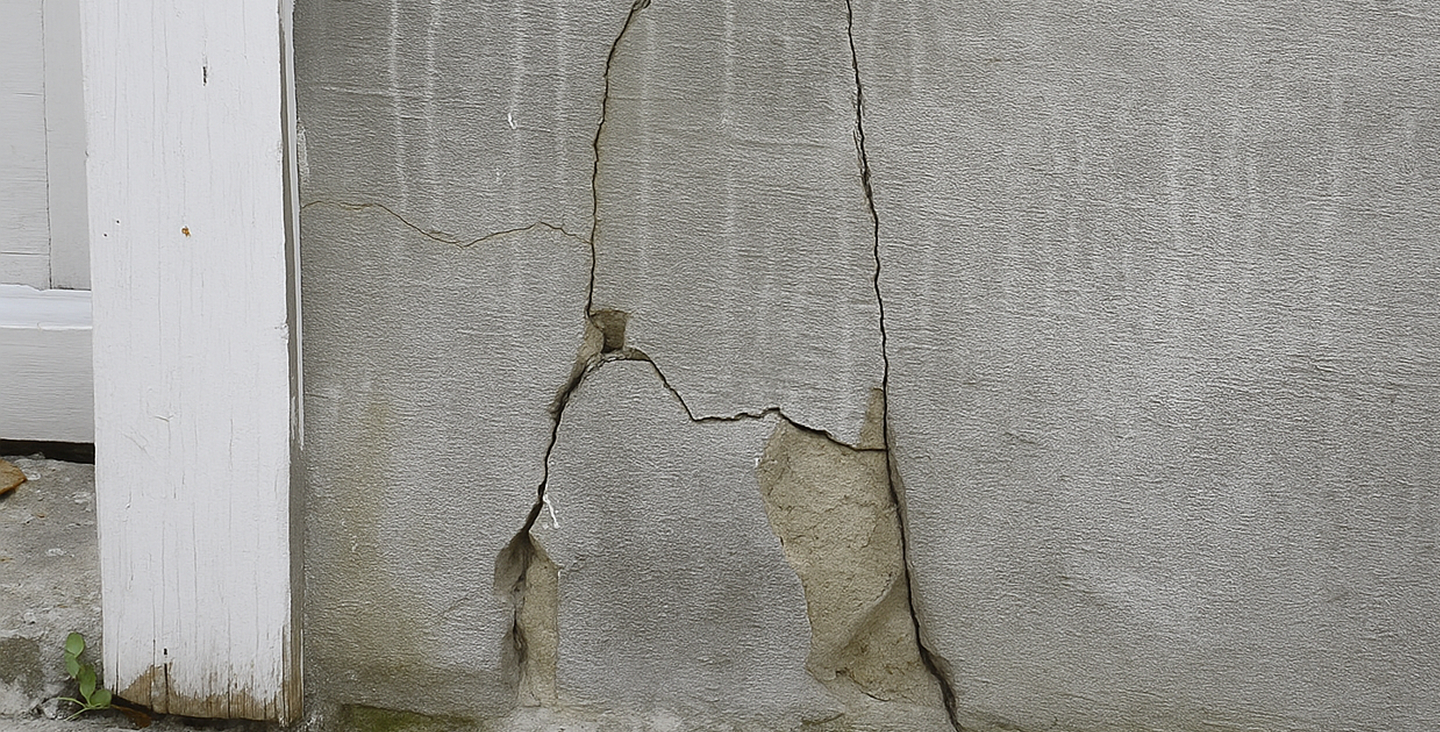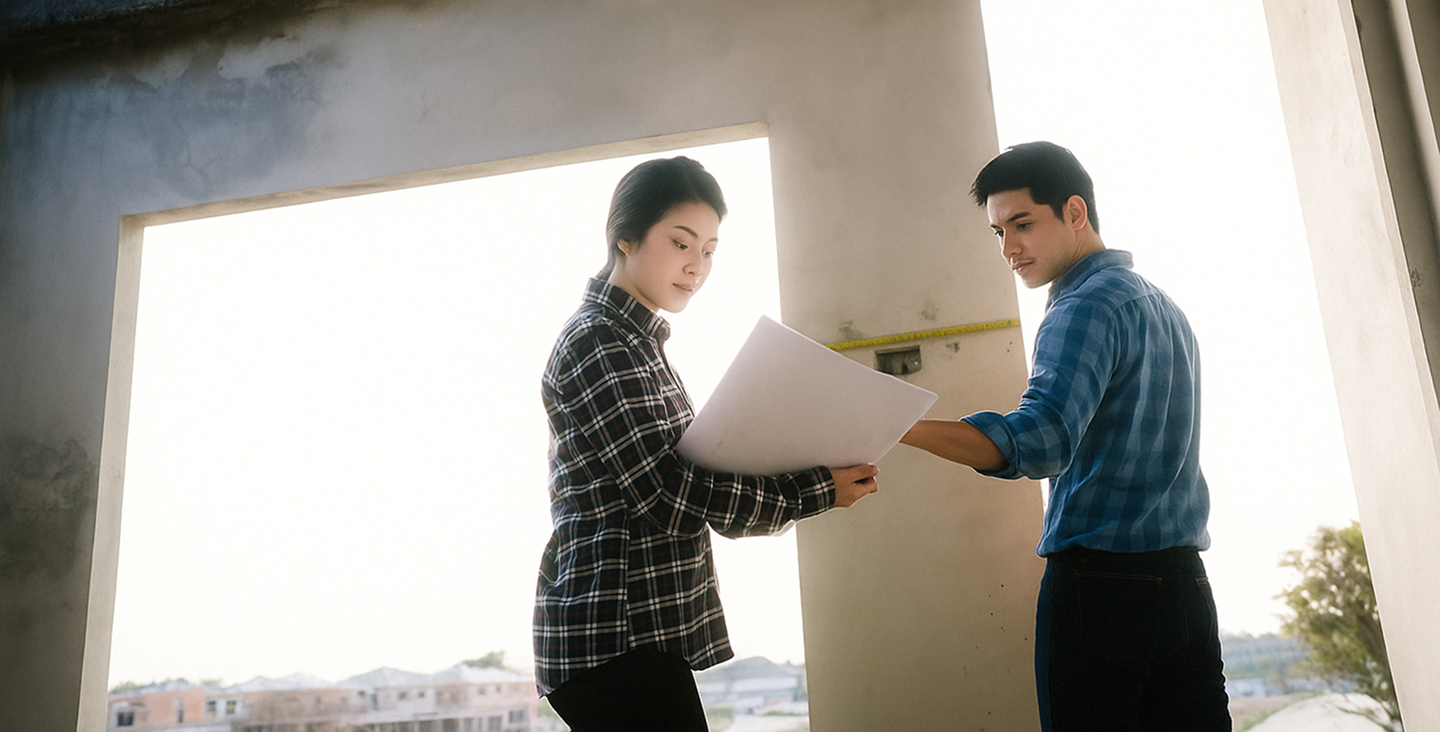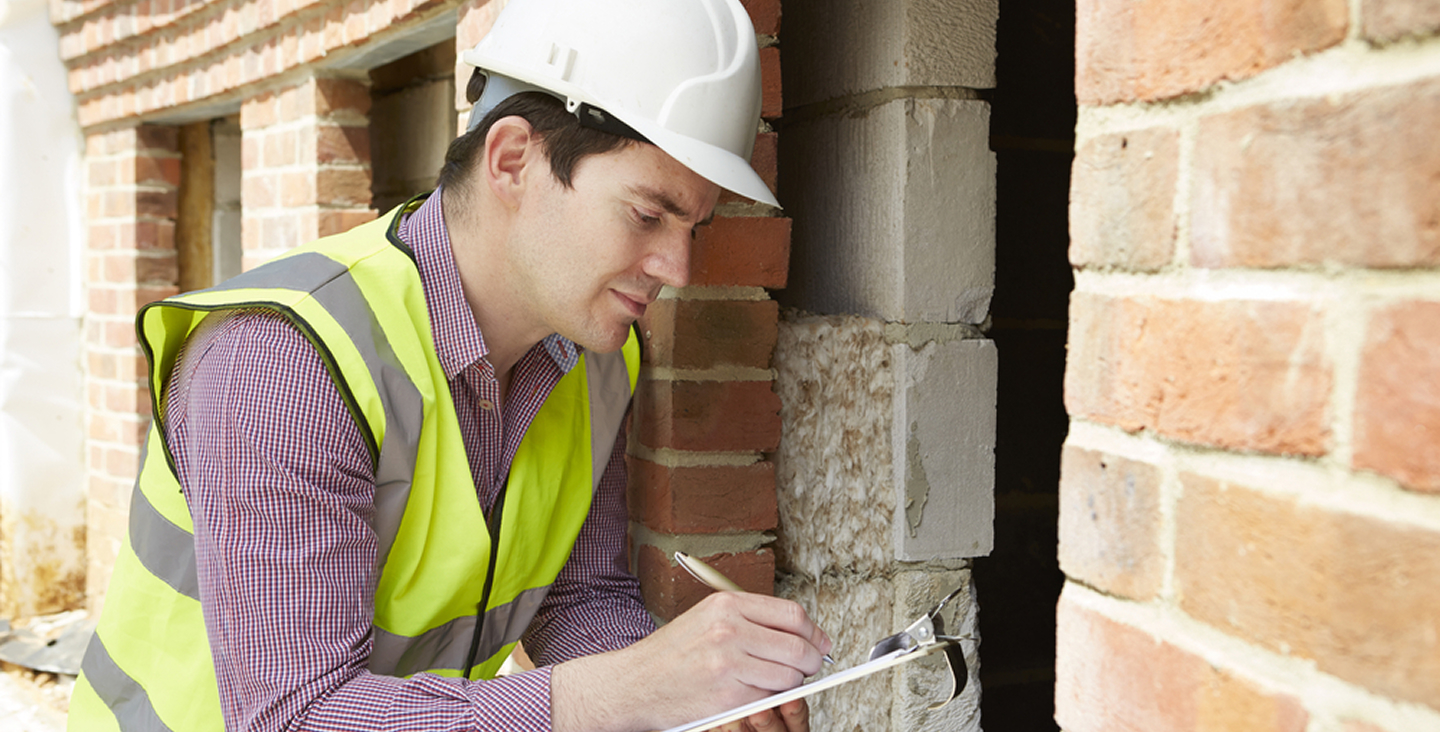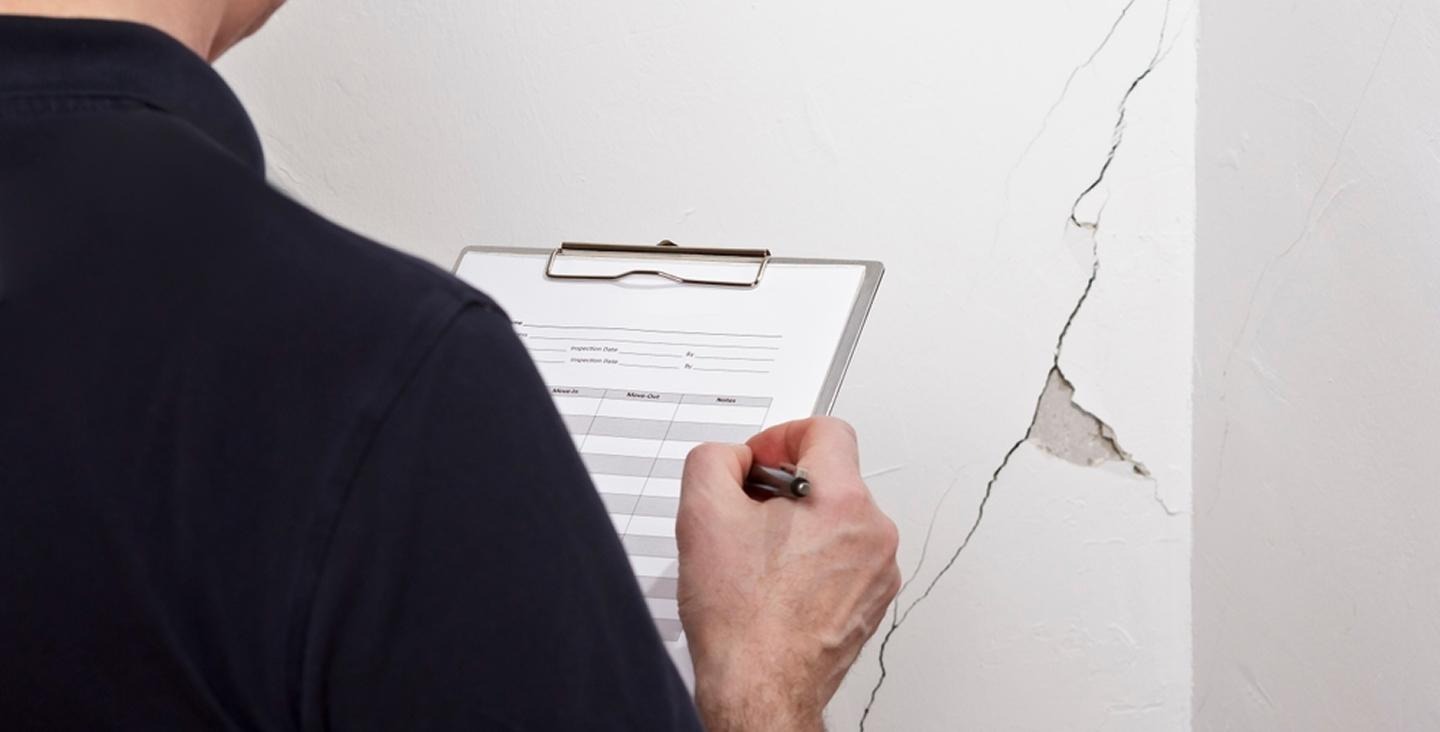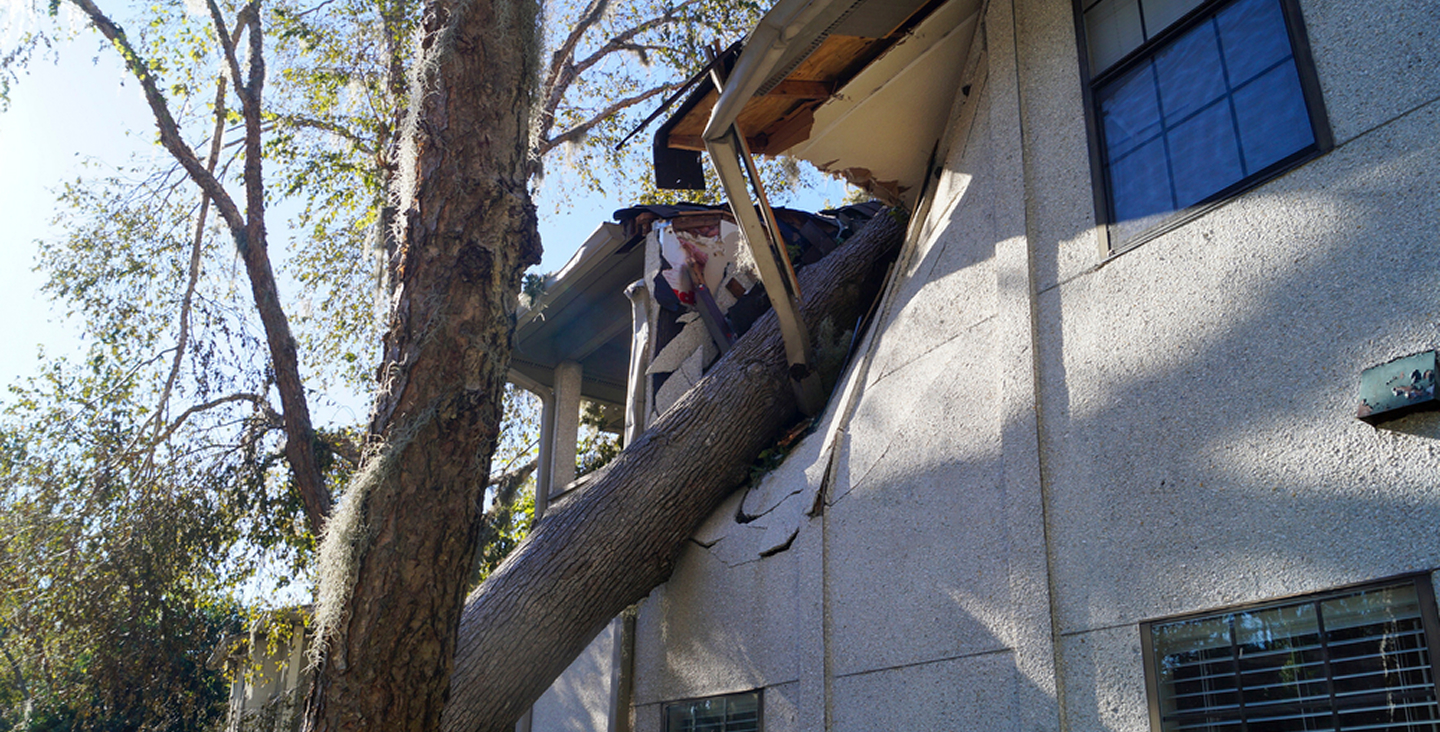
Common Types of Storm Damage in the Southeastern US
Damage after a major storm often looks straightforward from the outside, with missing shingles, flooded interiors, and downed trees. But in the Southeast US, where intense hurricanes, torrential rainfall, and high winds are recurring threats, the real cost lies in the damage you don’t immediately see. Recognizing how a storm can compromise your property means recovering sooner and protecting value longer.
Common Types of Storm Damage in the Southeastern US
1. Wind Damage
High-velocity winds remain one of the most destructive forces during storms in states like Florida, Georgia, and the Carolinas. Coastal and near-coastal properties are particularly vulnerable. For example, estimates suggest that wind losses for homeowners in the eight southeastern coastal states could rise by up to 76% by 2060 under worst-case models.
Roof systems, exterior walls, and openings such as windows and doors can be compromised when uplift forces and pressure differ across a facade. Even if damage appears isolated, structural systems may be stressed. For many insurers, wind and hail claims are among the highest-volume homeowner claims annually.
2. Water & Moisture Intrusion
Storms in the Southeast US rarely deliver blanket damage. Instead, the combination of rainfall, storm surge, and roof or wall breaches creates moisture intrusion, which often goes unnoticed. When a roof membrane is damaged, when flashing is torn, or when siding gaps form under wind pressure, water can seep behind the envelope and saturate insulation, framing, or sheathing.
Over time, this hidden moisture contributes to corrosion, mold growth, and structural degradation. In low-lying or coastal zones, flooding and hydrostatic forces can undermine foundations or wall systems, turning what appears cosmetic into a major repair liability.
3. Impact Damage (Debris & Trees)
Windborne debris in hurricanes and severe storms can puncture roofs, injure exterior walls, and shatter glazing, leaving an immediate visual cue of damage. But the secondary effects are more insidious: once the envelope is breached, interior systems and structural connections become exposed to the elements.
In the Southeast US, with its large tree canopy and mixed residential-commercial development, fallen trees and limbs frequently strike buildings, causing structural shifts or framing deformation that may not be obvious without a detailed evaluation.
4. Structural Shifting & Foundation Stress
A storm’s impact isn’t limited to aboveground. Excessive rainfall and storm surge can saturate soil, reduce bearing capacity, and trigger settlement, even in moderate storms. Differential settlement (where one part of a structure sinks more than another) causes cracks in walls, uneven floors, and misaligned doors, symptoms that may appear weeks or months later.
Especially in Florida, where limestone and sandy subsurface conditions are common, repeated heavy rainfall events create soil-structure interactions that amplify structural risk.
5. Envelope & Roofing Failures
The roof is the first line of defense, and often the first area of failure. Torn membranes, uplifted edges, dislodged fasteners, or punctures from debris allow ingress of rain. Flat or low-slope commercial roofs in the Southeast are particularly susceptible to ponding water after a breach, which in turn speeds up membrane failure and insulation breakdown. After a storm, even a small visible breach should trigger an inspection of the full roof system and adjacent wall assemblies.
6. Electrical, Mechanical, & Critical Infrastructure Damage
Storms also affect the systems that make a building operational. Surge damage, shorted control panels, water intrusion into fire-sprinkler risers, and HVAC equipment compromised by wind or flooding. Such system damage may not be visually dramatic, but it jeopardizes safety, compliance, and continuity. A property may appear functional yet harbor hidden system failures that only surface once full operations resume.
Why Early & Forensic Assessment Matters
The Southeast US is no stranger to storms, but every event presents unique damage combinations. A prompt and forensic assessment helps you document damage accurately, reduce claim delay, uncover hidden defects, and provide the basis for safe repairs. Delaying an inspection invites escalation of moisture damage, structural movement, and system failure.
Prema Consulting Group offers forensic storm-damage assessments tailored for the Southeast, combining engineering diagnostics with field documentation to ensure nothing is missed.
Having a detailed, defensible assessment means your restoration is complete, compliant, and backed by evidence, so you address the full scope of damage, protect occupant safety, and maintain asset value.


